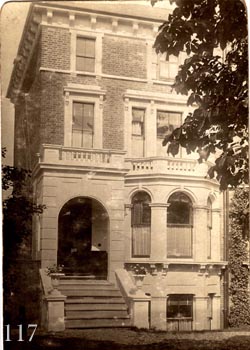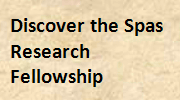 |
|||
|
|
|||
|
||||||||||||||||||||||||||||
|
P R O F I L E |
||||||||||||||||||||||||||||
|
  117
117117 Upper Addiscombe Road Addiscombe East Croydon Surrey United Kingdom Agents particulars for the house survive from the 1920s where it is described as follows: "A substantial semi-detached residence occupying a splendid position within a few minutes walk of East Croydon Railway Station with main line service." This stylish house was built in the second half of the 19th century on land previously owned by the East India Company. The company was connected to Croydon as it was here in Addiscombe that they had a substantial military presence and college for cadets. Several roads built on the company's estate are reminiscent of men connected with Indian history, such as Clyde and Canning (see footnote). One hundred and seventeen was one of a number of such pairs of houses built along the Upper Addiscombe Road. The original occupants would have been Victorians of some standing and employing servants. The servants would have occupied the upper story of the four and "below stairs" would have been the semi basement area of the ground floor, where the kitchen and other facilities were located. The first and second floors were lofty and were obviously designed for the main occupying family. In particular the impressive porch, entrance hall and staircase created a palatial impression to visitors. The top floor comprised three rooms and the first and second, two, with a WC at the rear on the first floor, adjacent to the garden access stairs. Below stairs the ground floor included kitchen with a range, scullery, breakfast room, pantry and coal cellar beneath the front door steps. There was an outside WC beneath the garden stairs and a side drive suitable for carriages. Later the accommodation was modified to include bathrooms and to provide flats on the upper floors. The tenure in the 1920s was leasehold and this was due for renewal in the early 1960s. There was a ground rent of twelve pounds ten shillings p.a. The owner at the time was a Miss Eastern. In May 1928 Tom Osborne was looking to purchase the lease as a home for his wife and daughter after remarrying in 1920. The purchase price was 850 pounds, which represented a substantial sum at the time; it would have bought two substantial detached houses in Reigate for example. There was clearly a need to raise over half the asking price as a mortgage or loan and for a farrier this would have created intense pressure on resources. Tom Osborne and family moved in in 1929 and were to remain in residence for over 50 years.
The house was
demolished after Eileen Osborne left for Pulborough in 1980. She sold out to a developer for just over forty thousand pounds. There now stands a block of flats
on the site. The last picture known was taken in 1979 and shows the house with
the horse chestnut trees removed from the front garden and a blue sky above. The only known surviving artifacts are the iron cover to the coal shute, now set in concrete on the porch of Pipers Brook, Eastham, Worcs. and ironstone rockery stones now around the lamp post in the garden of Tower House, Tadworth. ADDITIONAL INFORMATION DESTINY CATEGORY 19th CENTURY first half, 19th CENTURY second half, PAST, PLACES LANDSCAPE City Centre REGION England - Southern |
||||||||||||||||||||||||||||




